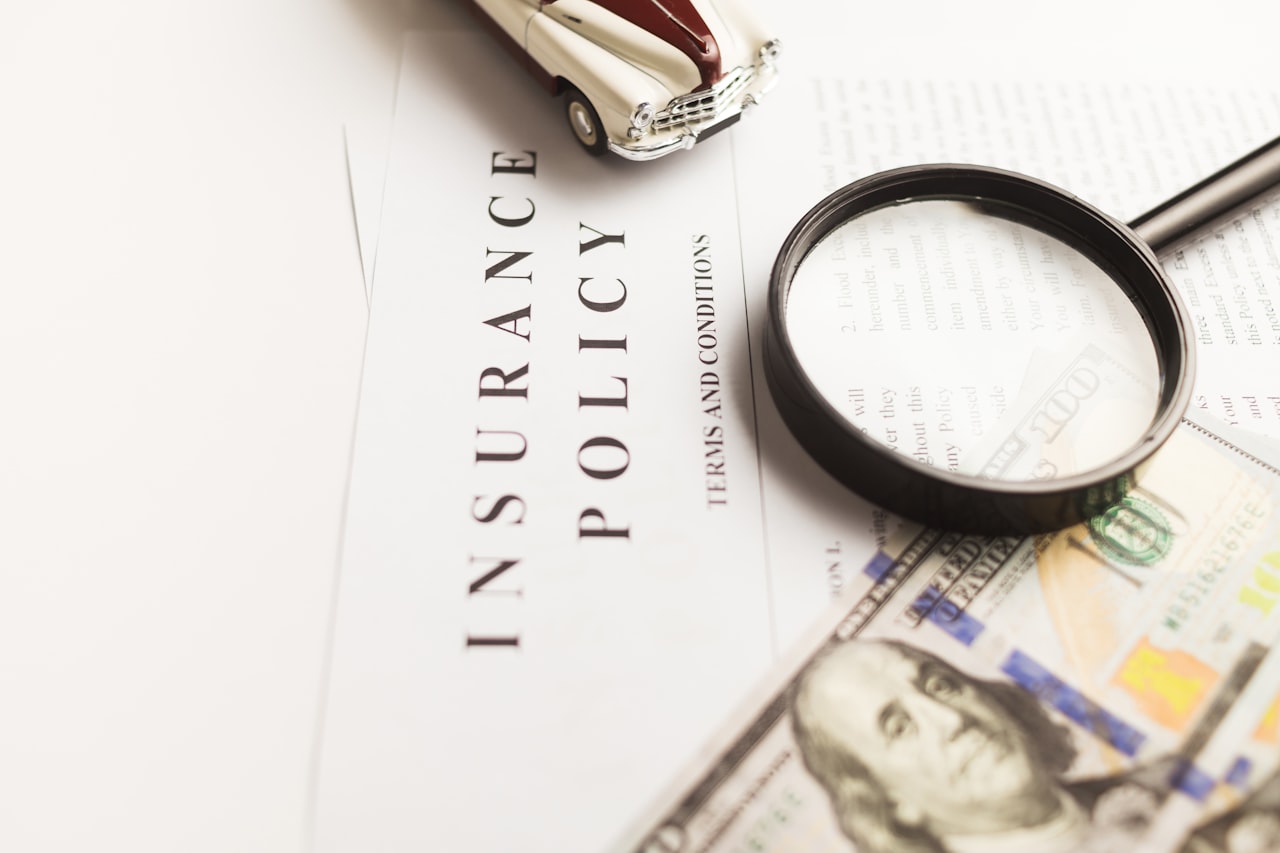Homeowners insurance in Florida has some unique considerations due to the state's geography, weather patterns, and specific risks. Here are some key points to understand:
Insurance brokers utilize a combination of assessments, including the four-point inspection and wind mitigation report, to evaluate the risk profile of a home and determine insurance premiums. These reports provide detailed insights into the condition of key components such as the roof, electrical, plumbing, and HVAC systems, as well as the home's resilience to wind-related damage. By analyzing these factors, brokers can assess the likelihood of future claims and tailor coverage accordingly. Homes with robust protective measures such as hurricane shutters, reinforced roofing, impact-resistant windows, and other mitigation features are often eligible for significant discounts on their insurance premiums. The presence of these protective measures not only enhances the safety and resilience of the home but also translates into tangible cost savings for homeowners through reduced insurance rates.
-
Hurricane Coverage: Florida is prone to hurricanes and tropical storms, so it's crucial to ensure your policy includes coverage for windstorm damage. This coverage may have separate deductibles and limits compared to other perils.
-
Flood Insurance: Standard homeowners insurance policies typically don't cover flood damage. Given Florida's susceptibility to flooding, especially in coastal and low-lying areas, it's wise to purchase a separate flood insurance policy through the National Flood Insurance Program (NFIP) or private insurers.
-
Replacement Cost vs. Actual Cash Value: When insuring your home and belongings, understand the difference between replacement cost and actual cash value coverage. Replacement cost coverage pays to replace damaged items with new ones of similar quality, while actual cash value coverage takes depreciation into account, resulting in a lower payout.
-
Deductibles: Review your policy's deductible amounts, especially for windstorm and hurricane coverage. In Florida, insurers often offer separate, higher deductibles for windstorm-related damage, which can significantly affect your out-of-pocket expenses in the event of a claim.
-
Exclusions and Limitations: Understand what is and isn't covered by your policy. Some common exclusions include earth movement (such as earthquakes), acts of terrorism, and certain types of water damage.
-
Mitigation Discounts: Many insurers offer discounts for homes with features that reduce the risk of damage, such as hurricane shutters, reinforced roofing, and impact-resistant windows. Consider investing in these upgrades to lower your insurance premiums.
-
Policy Limits: Ensure that your coverage limits are adequate to rebuild your home and replace your belongings in the event of a total loss. Periodically review and update your policy to reflect any changes in your home's value or contents.
-
Liability Coverage: Homeowners insurance typically includes liability coverage, which protects you financially if someone is injured on your property or if you accidentally cause damage to someone else's property. Make sure your policy's liability limits are sufficient to protect your assets.






